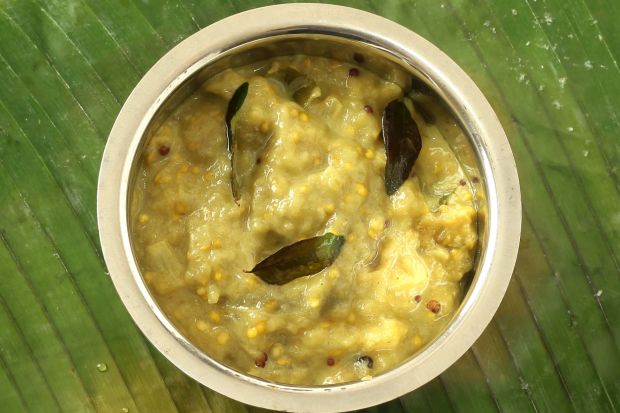Recipe Description
As we approach the end of the year festivals, one of the most popular treats for the milder weather in the northern hemisphere is a hot spiced beverage. It may be a spiced apple cider or eggnog or hot toddy. It could be the mix of cinnamon, nutmeg and cloves, Whatever it is, these drinks that somehow remind us of Thanksgiving and Christmas.
However, since the Harry Potter series of books came along, butterbeer has become quite popular. The Universal Studio theme park in the US even sells it as the authorised version.
It has been described as tasting “a little bit less-sickly butterscotch,” which is basically scorched brown sugar caramelised with butter emulsified into the sugar.
But not many people know that a “foaming mug of this popular wizarding beverage” may have been inspired by an actual drink from the Tudor era. There is a recipe for Buttered Beer in The Good Housewife’s Handmaid for the Kitchen published in London 1594, that describes how to make this beverage.
Here is a verbatim excerpt from the book:
To make Buttered Beere.
“Take three pintes of Beere, put fiue yolkes of Egges to it, straine them together, and set it in a pewter pot to the fyre, and put to it halfe a pound of Sugar, one penniworth of Nutmegs beaten, one penniworth of Cloues beaten, and a halfepenniworth of Ginger beaten, and when it is all in, take another pewter pot and brewe them together, and set it to the fire againe, and when it is readie to boyle, take it from the fire, and put a dish of sweet butter into it, and brewe them together out of one pot into an other.”
— The good Huswifes Handmaide for the Kitchin, London 1594
Obviously written during the time of Shakespeare, the text requires a bit of interpretation for its syntax and sentence structure, but it is by no means hard to understand. The most difficult part was trying to figure out how much is a penny’s worth of spice, and we came to the conclusion to use one teaspoon because it is the same size as a one-penny coin, which was almost the same as our old one-sen coin.
Also open to interpretation is a dish of butter. But I recall I had a very old butter dish that fits a quarter pound of butter so I’ve deduced that I can use that as a standard measure of that time.
Although white sugar was available during the Elizabethan age, I tend to think that raw sugar would have been more easily available then. Also, because butterscotch is a confectionery made with brown sugar, that would be the most logical choice of sweetener for this recipe.
The initial thought of adding eggs to beer had repulsed many of us in the test kitchen, but when we made the drink, we were pleasantly surprised with how much we enjoyed it. It does taste like a Christmas beverage. Be sure to turn off the heat before it comes to a boil to avoid the egg curdling.
The only snag we encountered was while preparing the butterscotch where the butter tends to split from the caramel. We managed to overcome that by pouring in a little extra beer or ginger ale to help the butter emulsify into the butterscotch. Then we strained the butterscotch with a wire sieve to filter out any big chunks of caramel crystals.
While in the books, butterbeer can be served cold in bottles or hot in “foaming tankards”, we preferred it hot. Because of the butter in the drink, it actually held the heat in and the jar remained warm even after two hours in our air-conditioned kitchen. We placed the leftovers in the refrigerator and we felt the cold beverage had a cloying fattiness that was only remedied when reheated.
What is beer without a head? Since there’s so much egg white after separating out the yolk, we whisked a bit of it into a meringue and spooned it over the top of the drink as a garnish.
You would notice that we have here a recipe for buttered beer and one for butterbeer, using quite identical ingredients except for the beverage and the amount of sugar. This is to ensure that both kids and adults can enjoy the magic of buttered beer or butterbeer!
Recipe Ingredient
- Ingredients:
- 3 pints beer (about 1.5 litres)
- 5 egg yolks
- ½ lb brown sugar (about 225g)
- 1 tsp nutmeg
- 1 tsp cloves
- ½ tsp ginger
- 4 oz butter (115g)
Instructions
- Whisk ginger ale and egg yolks together, strain into a pot. Heat until almost to the boil.
- In another pot, stir sugar and spices and heat until melted. Remove from heat and whisk in the butter until combined (add a bit of extra ginger ale, if needed, to emulsify the butterscotch).
- Then stir the contents of the two pots together. Pour into tankards and garnish with a bit of whisked egg white.









